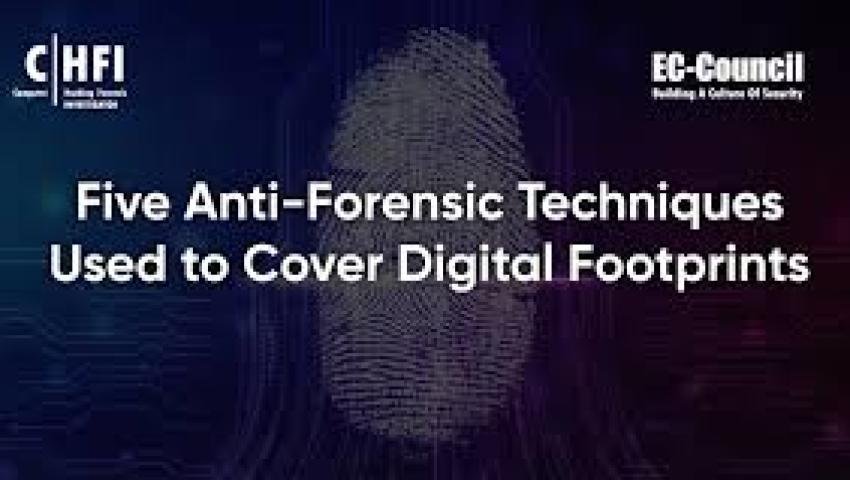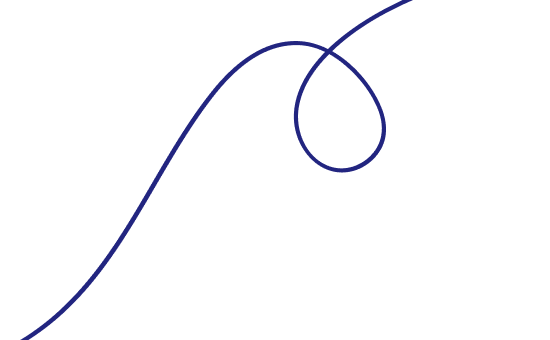
🕵️♂️ How to Detect Anti-Forensic Techniques Used by Hackers
Hackers know that forensic investigators can track their activities, so they use anti-forensic techniques to hide, alter, or destroy evidence. Detecting these techniques is a critical skill for digital forensic professionals. Ignoring them can lead to incomplete or misleading investigations.
Introduction
Hackers know that forensic investigators can track their activities, so they use anti-forensic techniques to hide, alter, or destroy evidence. Detecting these techniques is a critical skill for digital forensic professionals. Ignoring them can lead to incomplete or misleading investigations.
⚠️ Common Anti-Forensic Techniques
Data Wiping & Secure Deletion
Hackers use tools like Eraser, CCleaner, or built-in OS secure delete features.
Detect by looking for unusual file system gaps or missing metadata.
Timestomping (Altering File Timestamps)
Changing MAC times (Modified, Accessed, Created) to mislead investigators.
Detect using cross-referencing with log files, registry entries, or external backups.
Encryption & Obfuscation
Encrypting files or using proprietary encoding formats.
Detect by identifying encrypted containers, suspicious executable patterns, or unknown file extensions.
Anti-Memory Forensics
Tools try to hide malware from memory dumps or make analysis difficult.
Detect using memory carving and comparing RAM snapshots to expected processes.
Log Tampering & Deletion
Altering system or application logs to remove traces.
Detect using log inconsistencies, missing sequences, or comparing with network traffic logs.
Steganography
Hiding data within images, audio, or video files.
Detect using steganalysis tools that analyze file patterns or anomalies.
🛠️ Tools to Detect Anti-Forensic Techniques
Volatility → Detect hidden processes or memory anomalies.
Autopsy / Sleuth Kit → Identify file system gaps or missing metadata.
FTK Imager → Check for deleted or altered files.
Network Analysis Tools (Wireshark, Zeek) → Detect abnormal communication patterns even if local evidence is erased.
🔎 Best Practices for Detection
Always collect multiple sources of evidence (file system, memory, logs, network).
Use hashes and checksums to detect tampering.
Compare timestamps across devices and logs.
Keep redundant backups for verification.
Document all anomalies for future legal proceedings.
🧪 Real-World Example
In a corporate breach, attackers used timestomping to hide malware installation times. Forensic analysts cross-referenced server logs and backup snapshots to detect discrepancies. By uncovering these anti-forensic attempts, investigators were able to trace the intrusion timeline and identify the attackers.
✅ Conclusion
Anti-forensic techniques are increasingly sophisticated, but trained forensic investigators can detect them with the right tools, cross-referencing, and vigilance. Awareness of these techniques ensures that no evidence is truly lost in a digital investigation.
Mrityunjay Singh
Leave a comment
Your email address will not be published. Required fields are marked *

